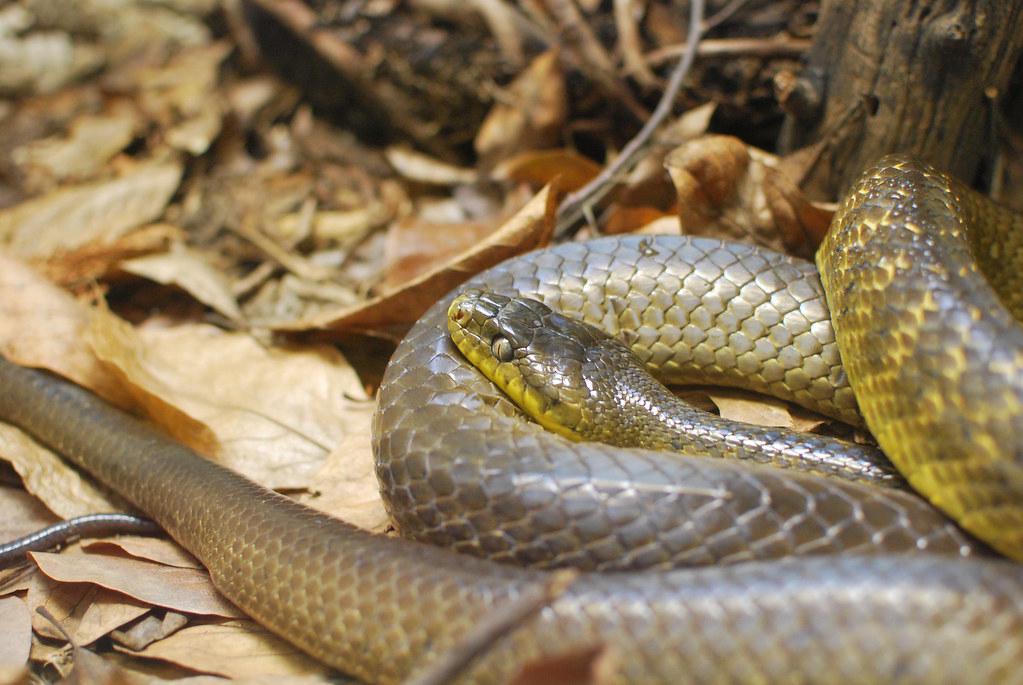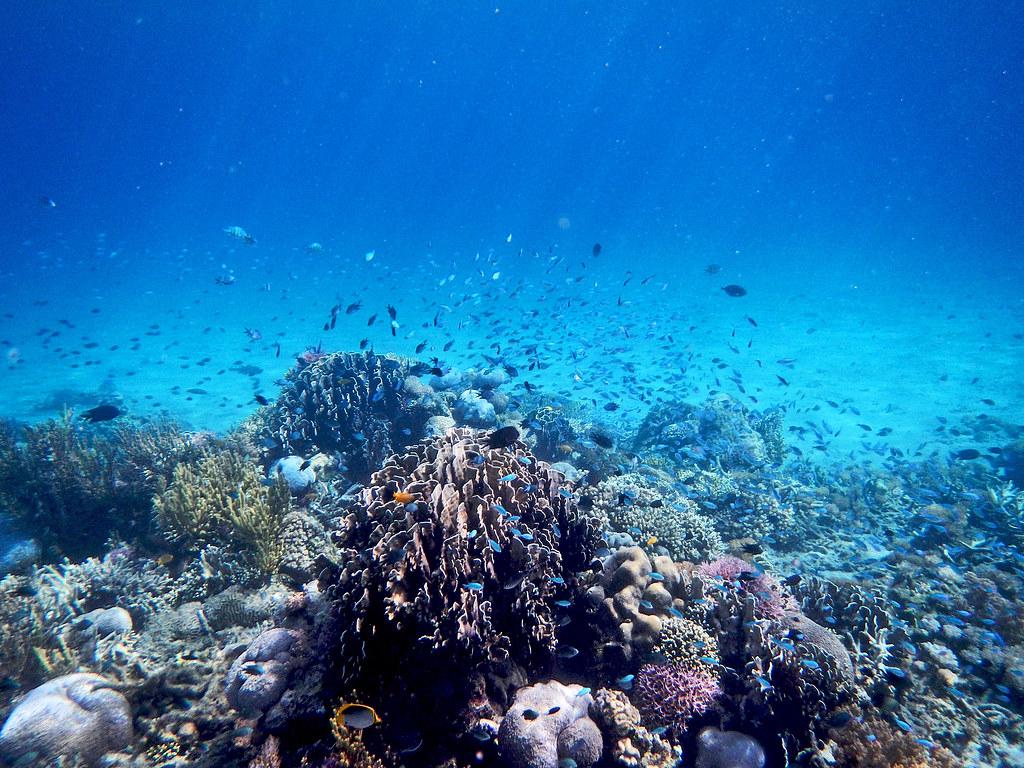Habitat Destruction
Habitat destruction is a major contributor to biodiversity loss. The expansion of human activities, such as urban development, agriculture, and deforestation, has led to the fragmentation and destruction of natural habitats. This has devastating consequences for the species that depend on these ecosystems for survival.
Deforestation, particularly in the Amazon rainforest, has been a significant concern. From 2000 to 2005, Brazil lost over 132,000 square kilometers of forest coverage, primarily due to the conversion of land for pasture.1 This loss of habitat not only displaces countless species but also disrupts the Earth's natural systems, such as carbon dioxide absorption and oxygen production.
Habitat fragmentation can also have long-term effects on species. For example, the Bornean Orangutan has lost nearly 80% of its habitat since 1973, forcing populations into smaller, isolated areas.2 This restricted breeding pool can lead to reduced genetic diversity and increased vulnerability to disease and other threats.
In aquatic ecosystems, the construction of dams and diversion of waterways can have severe impacts on species that rely on these habitats. Migratory fish, such as the Chinook salmon, are particularly affected by these barriers, which can disrupt their breeding cycles and isolate populations.
Urban sprawl also contributes to habitat loss, as wetlands and grasslands are paved over for development and industrial purposes. This can alter nutrient-rich soils and hydrological cycles, further impacting the species that depend on these ecosystems.
The consequences of habitat destruction are far-reaching, with nearly half of Earth's wildlife being wiped out since the 1970s.3 It is crucial that we prioritize habitat conservation and restoration efforts to protect the remaining biodiversity and ensure the long-term sustainability of our planet's ecosystems.
Invasive Species
Invasive species, often introduced through human activities, can have devastating impacts on local ecosystems. These non-native organisms can disrupt the delicate balance of indigenous flora and fauna, leading to significant ecological and economic consequences.
One notable example is the brown tree snake on the island of Guam. Introduced after World War II, this invasive reptile quickly proliferated in the absence of natural predators. It decimated nearly ten native bird species by preying on their populations, which in turn affected other species that relied on these birds for pollination and seed dispersal.
Ocean plastics have also become a vehicle for the spread of invasive species. Marine organisms can hitchhike on floating plastic debris, traversing vast distances and invading new ecosystems. These invasive species can prey on native species, compete for resources, and disrupt local fishing economies.
The impacts of invasive species are often subtle and complex, gradually unraveling the intricate relationships within ecosystems. Addressing this issue requires a multifaceted approach, including:
- Enhanced quarantine measures
- Public awareness campaigns
- Increased funding for biological research
As we strive to protect biodiversity, it is essential that we recognize the threat posed by invasive species and take proactive measures to prevent their introduction and spread. This requires a collective effort from governments, conservation organizations, and individuals to safeguard the integrity of our planet's ecosystems.

Climate Change
Climate change is a powerful force reshaping the planet, causing severe disturbances in the interactions between species and their environments. As temperatures rise and weather patterns shift, many species struggle to adapt, leading to cascading effects throughout ecosystems.
Coral reefs, often referred to as the rainforests of the sea, are particularly vulnerable to the impacts of climate change. As ocean temperatures increase, corals experience thermal stress, leading to bleaching events. During these events, the symbiotic algae that provide nutrients and color to the corals are expelled, leaving the coral structures white and near death. The loss of coral reefs has far-reaching consequences, as they support up to one million marine species and the livelihoods of millions of people worldwide.
Climate change is also driving the redistribution of marine species, as they seek out cooler waters. This poleward migration can disrupt local ecosystem dynamics, as species face new challenges related to competition, predation, and resource availability.
In terrestrial ecosystems, the impacts of climate change are equally profound. The Arctic, which is warming twice as fast as the global average, is experiencing unprecedented sea ice retreat. This has severe consequences for species like the polar bear, which relies on sea ice for hunting and survival.
Climate change is also altering the timing of ecological events, such as animal migrations and plant flowering. These shifts can lead to mismatches between species interactions, such as the synchronization of pollination and the activity of pollinating insects.
To address the challenges posed by climate change, it is crucial that we develop and implement robust conservation strategies that prioritize ecological resilience. This may involve:
- Protecting biodiversity hotspots
- Conserving larger landscapes to facilitate species migration
- Enhancing genetic diversity to improve species' adaptability to changing conditions
As we confront the realities of climate change, it is essential that we recognize our responsibility as stewards of the planet and take action to mitigate its impacts on biodiversity. This requires a collaborative effort across scientific, political, and social spheres to develop sustainable solutions and safeguard the future of our planet's ecosystems.

Overexploitation
Overexploitation, driven by human consumption, poses a significant threat to the balance of our world's ecosystems. This is particularly evident in the depletion of marine resources, the destruction of forests, and the illegal wildlife trade.
In the oceans, overfishing has pushed many species to the brink of collapse. The Atlantic Bluefin Tuna, highly prized for its meat, has been severely impacted by overfishing. Despite efforts to regulate catches, illegal fishing and underreporting continue to undermine the sustainability of this species.
On land, logging and deforestation are major contributors to biodiversity loss. In the Amazon rainforest, logging operations are clearing vast areas of habitat for timber, agriculture, and cattle ranching. This not only results in the loss of countless species but also reduces the genetic diversity of remaining populations, making them more vulnerable to future threats.
The illegal wildlife trade is another significant driver of overexploitation. Species like the pangolin, the most trafficked mammal in the world, are being pushed to the brink of extinction due to the demand for their scales and meat. Despite international bans and public outcry, the trade persists, highlighting the need for stronger enforcement and regulation.
Overexploitation can lead to a cascading imbalance in ecosystems, as the decline of one species can have far-reaching effects on others. To address this issue, it is essential that we:
- Promote sustainable consumption practices
- Strengthen international cooperation
- Enforce strict protective measures
As we reflect on the consequences of overexploitation, it becomes clear that our choices today will shape the ecological legacy we leave for future generations. By embracing sustainable lifestyles, engaging respectfully with natural resources, and supporting effective conservation efforts, we can work towards reversing the tide of biodiversity loss and ensuring a more balanced and resilient future for our planet.

Pollution
Pollution, in its various forms, poses a significant threat to the intricate web of life on our planet. From air and water pollution to the accumulation of plastic waste in our oceans, the impacts of pollution on biodiversity are far-reaching and devastating.
Air pollution, often invisible, can acidify waters and soils, altering the fundamental conditions that species have adapted to over millennia. This can weaken the health of trees and other vegetation, compromising the foundation of many terrestrial habitats and leading to a decline in biodiversity.
Water pollution, originating from sources such as agricultural runoff and industrial waste, can have severe consequences for aquatic ecosystems. Nutrient pollution can lead to algal blooms that deplete oxygen levels in water bodies, suffocating fish and other aquatic life. Toxic substances, such as heavy metals and persistent organic pollutants, can accumulate in the food chain, causing population declines and genetic alterations.
Marine environments are under immense pressure from plastic pollution. Millions of tons of plastic enter the oceans each year, breaking down into microplastics that are ingested by marine life.4 This can cause obstruction, starvation, and toxicity, affecting species throughout the marine food web and ultimately reshaping oceanic ecosystems.
The consequences of pollution extend beyond the immediate impacts on individual species. As ecosystems degrade, their ability to provide essential services, such as air and water purification, climate regulation, and carbon sequestration, is compromised. Pollution can also alter natural selection pressures, potentially leading to the emergence of new species while driving others to extinction.
To address the pollution crisis, it is crucial that we:
- Implement comprehensive cleanup and restoration efforts
- Enforce stringent regulations on polluters
- Promote sustainable practices in industry and agriculture
We must also foster a shift in public consumption habits, prioritizing sustainability and reducing waste.
Protecting biodiversity in the face of pollution requires not only preserving what remains but also actively restoring what has been damaged. By taking responsibility for our impact on the environment and working towards a cleaner, more sustainable future, we can create a world where diverse species can thrive alongside human communities.
As stewards of this planet, it is our duty to craft a narrative of rejuvenation and coexistence with the natural world. By pulling back from the brink of ecological collapse and embracing sustainable practices, we can pave the way for a richer, more resilient future for all inhabitants of Earth.

The multifaceted crisis of biodiversity loss demands urgent action. Our choices today will shape the ecological legacy we leave for future generations. Protecting biodiversity is not only about preserving the beauty and wonder of the natural world; it is about ensuring a sustainable and resilient future for all life on Earth.
Get exceptional content effortlessly with Writio, the top AI content writer! This article was crafted by Writio.
- Malhi Y, Roberts JT, Betts RA, Killeen TJ, Li W, Nobre CA. Climate change, deforestation, and the fate of the Amazon. Science. 2008;319(5860):169-172.
- Meijaard E, Wich S, Ancrenaz M, Marshall AJ. Not by science alone: why orangutan conservationists must think outside the box. Ann N Y Acad Sci. 2012;1249:29-44.
- WWF. Living Planet Report 2020: Bending the Curve of Biodiversity Loss. 2020.
- Jambeck JR, Geyer R, Wilcox C, et al. Plastic waste inputs from land into the ocean. Science. 2015;347(6223):768-771.
